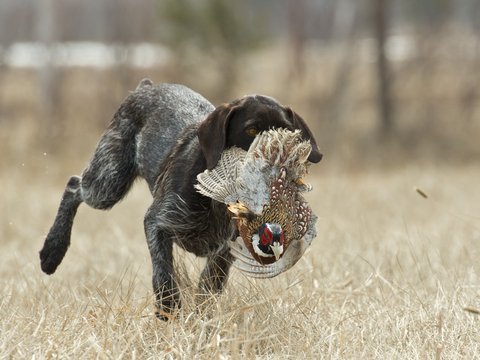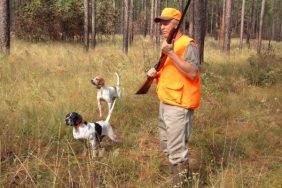As waterfowl hunting kicks off in September throughout much of North America, it’s as good a time as ever to go over some common tips for training a hunting dog.
A well-trained retriever is every duck hunters dream. We all want a dog that behaves well and brings those birds back without a hitch, but it takes time and patience to properly train a gun dog.
Brad Higgins of Higgins Gundogs trains hunting dogs professionally. His unique training program utilizes some specific equipment such as a Bang Machine and the Higgins Remote Releaser, but above all the method simply develops the dog’s natural instincts. With little to no commands, dogs can learn to retrieve birds in as little as a week.
Whatever method you’re invoking, there are common aspects to all gundog training. Higgins offers the following 14 tips for any beginner.
- Dogs are pack animals. Be the leader.
- Stop talking.
- Be patient and consistent.
- It takes birds to train a bird dog (no birds = no bird dog).
- Quality dog work is not between you and your dog. It’s between your dog and the bird.
- Let your dog learn to manage the bird.
- Instead of trying to get your dog to point, allow him to learn he can’t catch the bird. Staunch, stylish pointing will follow
naturally. - Don’t teach whoa around birds. Whoa has nothing to do with birds.
- When working birds, your dog has not made a mistake until he puts a bird in the air.
- The dog must know what the command means before he can be corrected for mistakes.
- An electric collar is not used to teach a dog to perform a command. It is used when the dog has a complete understanding of the command and chooses not to do it. An electric collar is for reinforcement only.
- Give the command once, don’t raise your voice, and always use a release command.
- Never give a command you can’t or won’t enforce.
- If you ignore or don’t correct for an unwanted behavior, you are agreeing with and encouraging that behavior.
Photo credit: Dreamstime
Camping With Dogs
-
Camping With Dogs
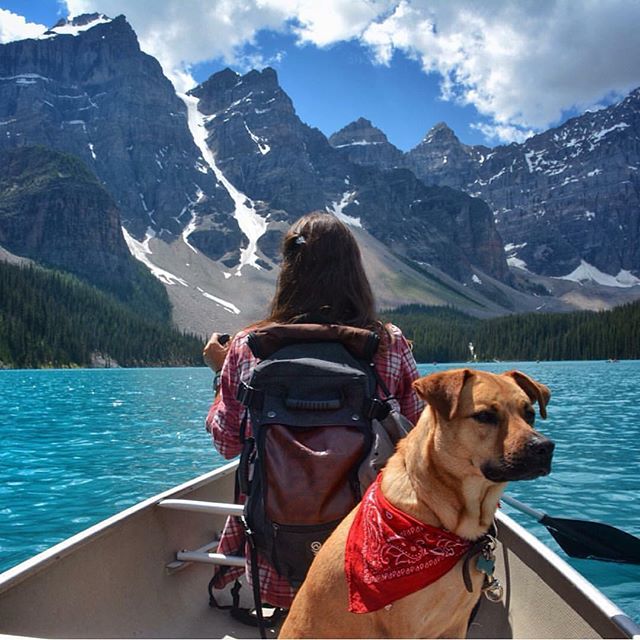
As a tribute to all those precious moments spent hiking and camping with your canine companion, the Instagram account Camping With Dogs has compiled some of the most adorable photos on the Internet.
Image credit: Instagram @Campingwithdogs
-
Camping With Dogs

"Now this is love."
Image credit: Instagram @Campingwithdogs
-
Camping With Dogs
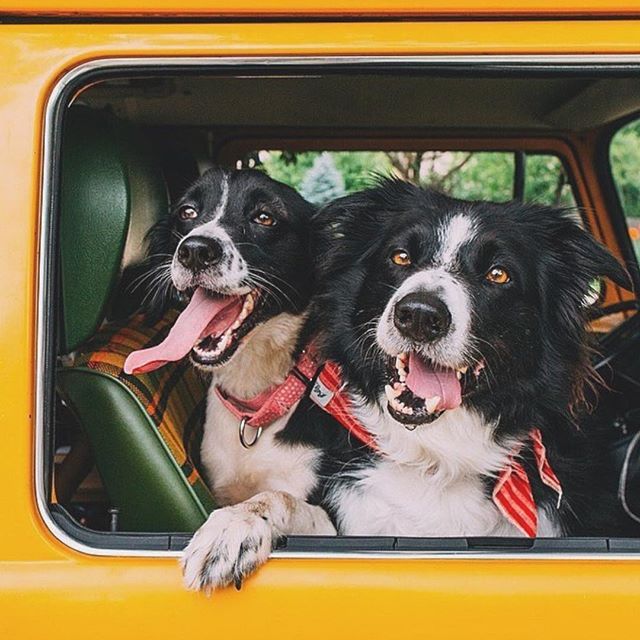
"This is so much fun!"
Image credit: Instagram @Campingwithdogs
-
Camping With Dogs
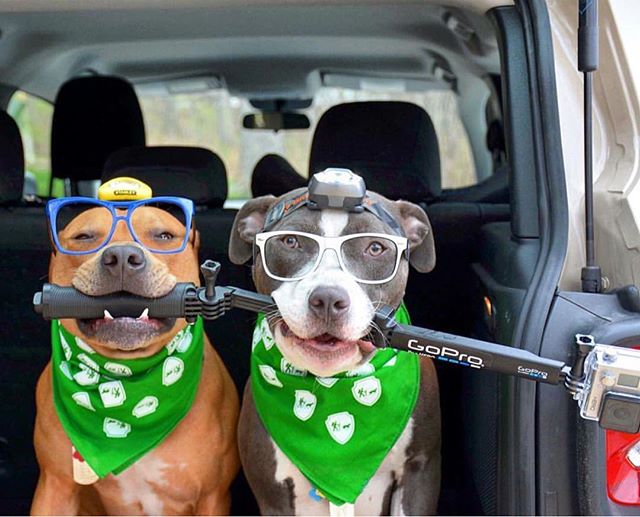
"Really?"
Image credit: Instagram @Campingwithdogs
-
Camping With Dogs
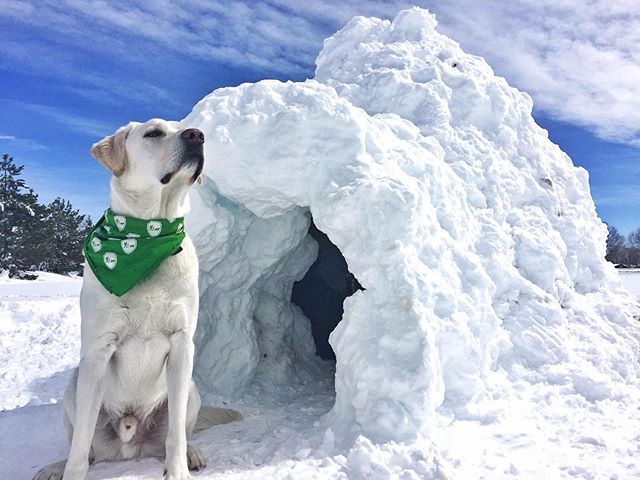
The ultimate dog house
Image credit: Instagram @Campingwithdogs
-
Camping With Dogs
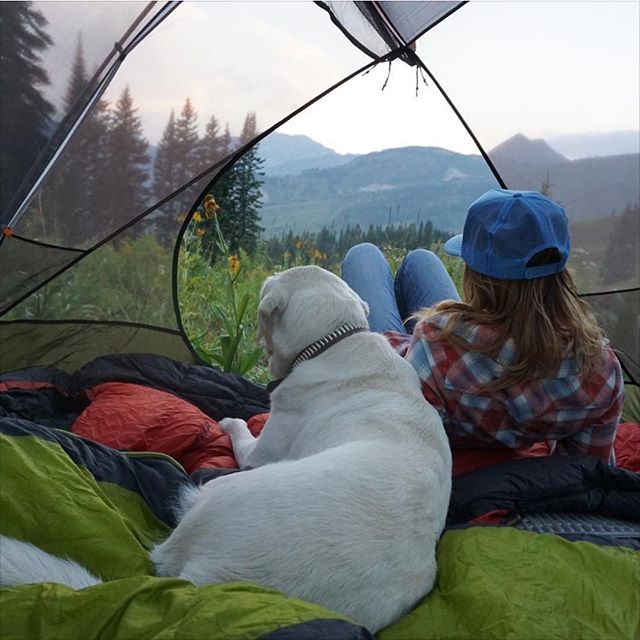
No better place to be in the world.
Image credit: Instagram @Campingwithdogs
-
Camping With Dogs
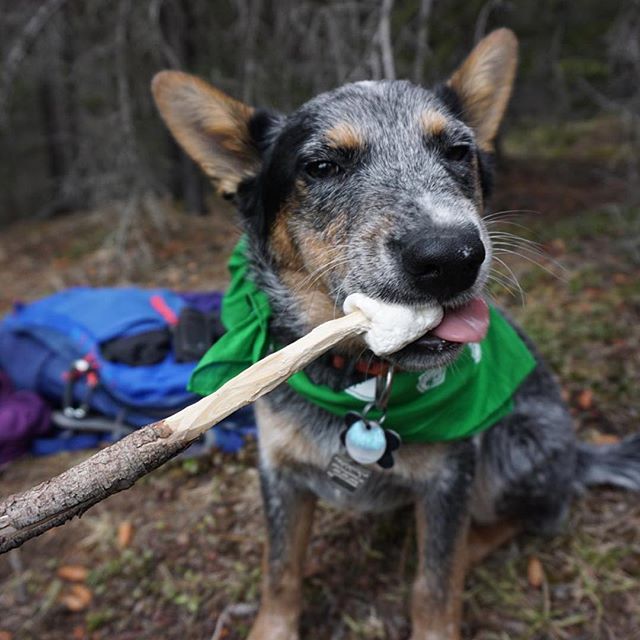
"There is nothing wrong with enjoying a marshmellow after a long hike."
Image credit: Instagram @Campingwithdogs
-
Camping With Dogs

"No reason you can't be warm AND look cool."
Image credit: Instagram @Campingwithdogs
-
Camping With Dogs

Image credit: Instagram @Campingwithdogs
-
Camping With Dogs
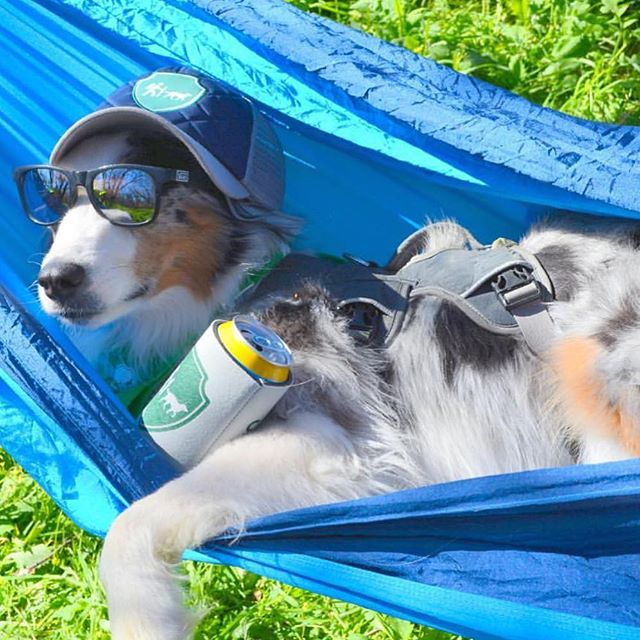
Image credit: Instagram @Campingwithdogs
-
Camping With Dogs
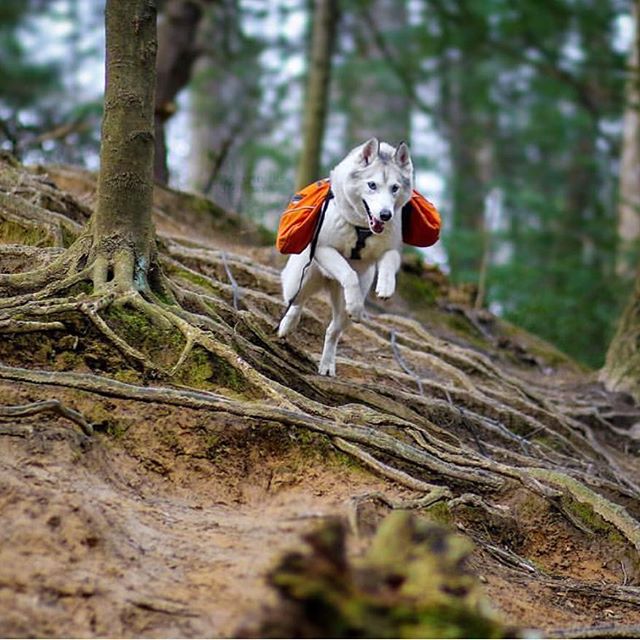
"Yahoo!"
Image credit: Instagram @Campingwithdogs
-
Camping With Dogs
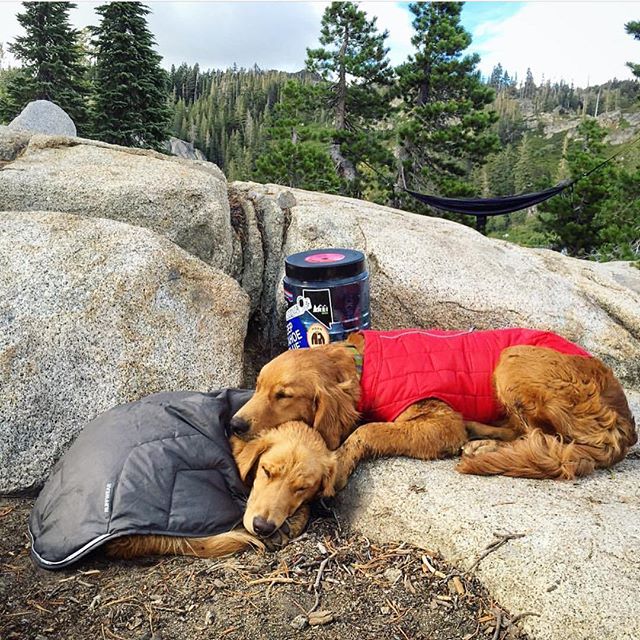
"You're a good buddy... to lean on."
Image credit: Instagram @Campingwithdogs
-
Camping With Dogs
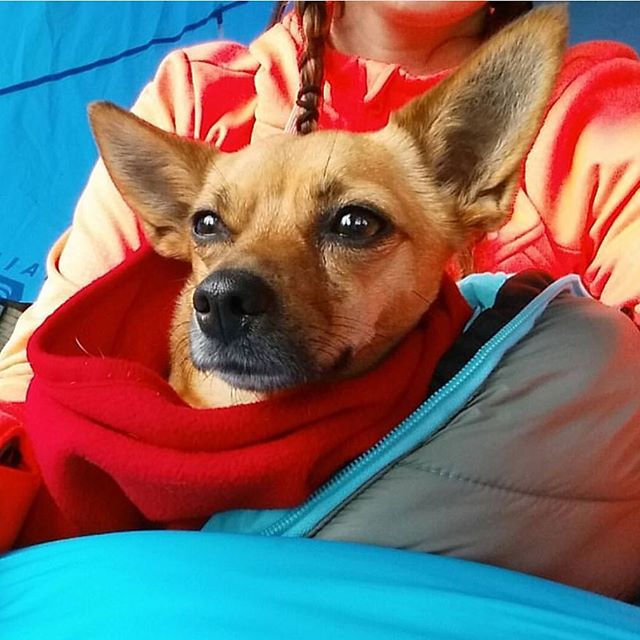
The eyes of wisdom.
Image credit: Instagram @Campingwithdogs
-
Camping With Dogs
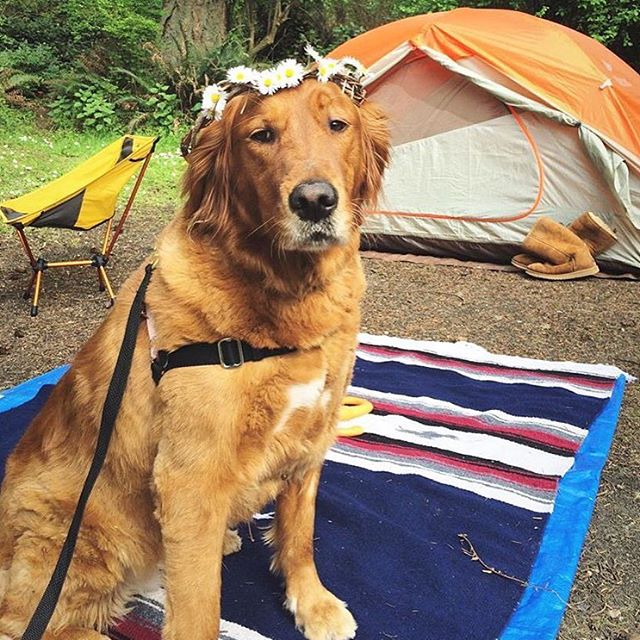
"Do I have to wear this?"
Image credit: Instagram @Campingwithdogs
-
Camping With Dogs
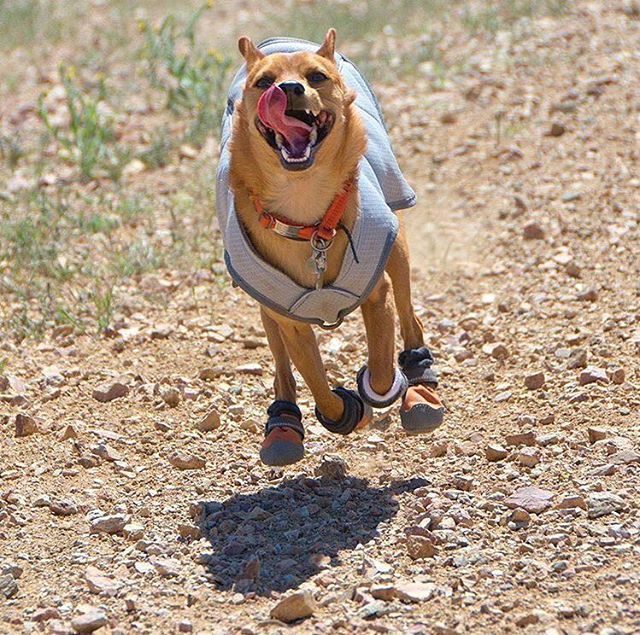
"Oh boy, these shoes feel good."
Image credit: Instagram @Campingwithdogs
-
Camping With Dogs
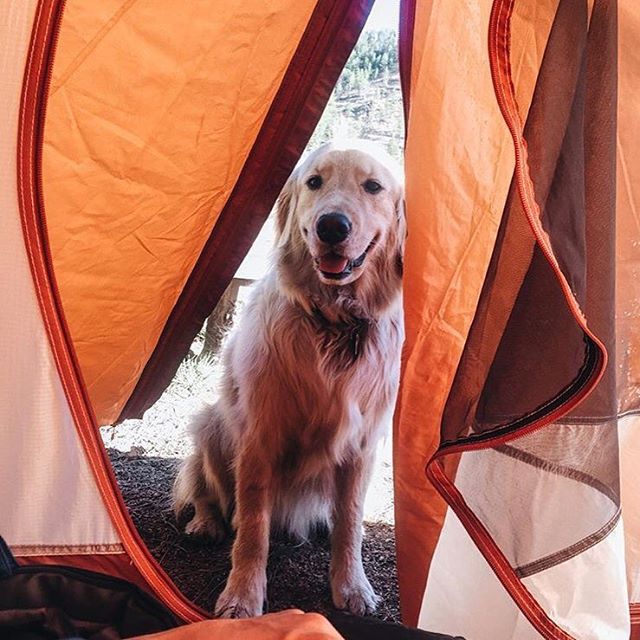
"Anybody home?"
Image credit: Instagram @Campingwithdogs
-
Camping With Dogs

"How about a majestic pose like this?"
Image credit: Instagram @Campingwithdogs
-
Camping With Dogs
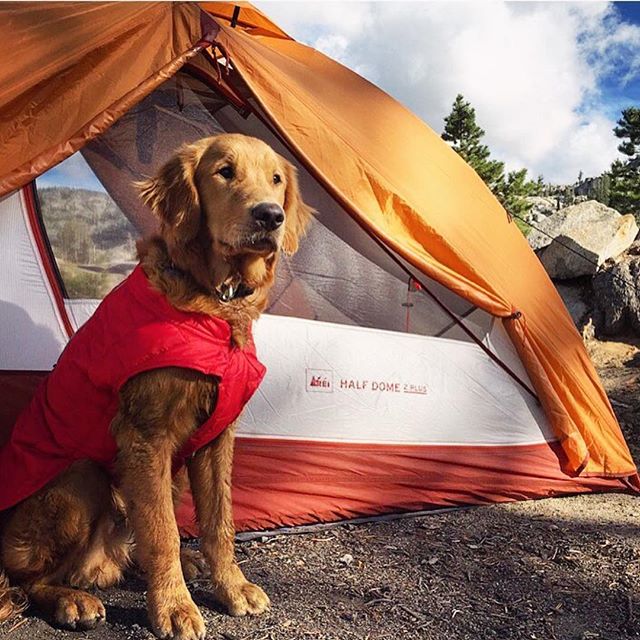
"We have a lot of work to do today."
Image credit: Instagram @Campingwithdogs
-
Camping With Dogs

"I'm so slow in the mornings until I have my coffee."
Image credit: Instagram @Campingwithdogs
-
Camping With Dogs
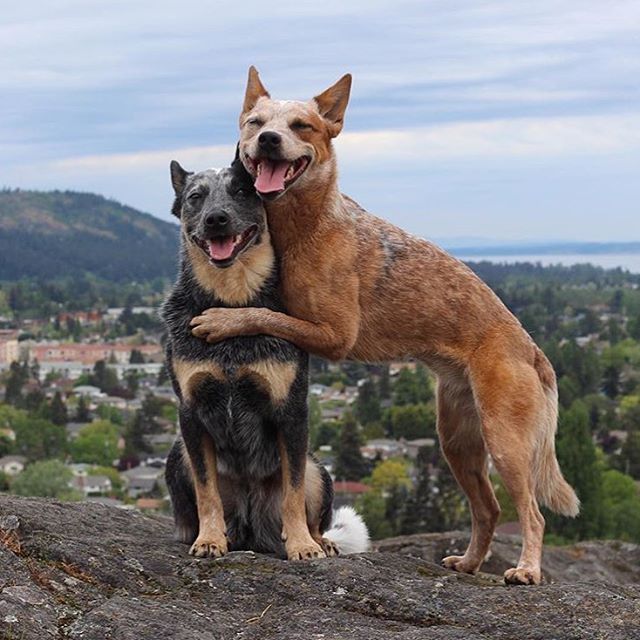
"Get closer guys, like you mean it."
Image credit: Instagram @Campingwithdogs
-
Camping With Dogs
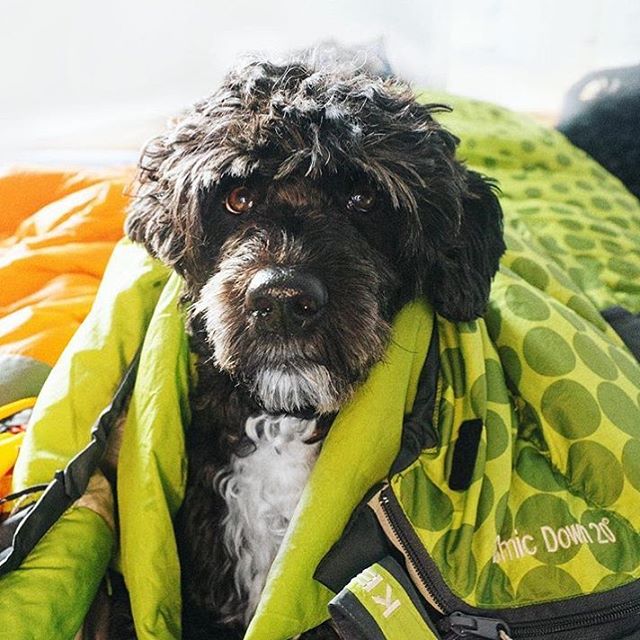
"You are not getting out of bed. I demand it."
Image credit: Instagram @Campingwithdogs
-
Camping With Dogs

"Such a beautiful day. Let's go!"
Image credit: Instagram @Campingwithdogs
-
Camping With Dogs
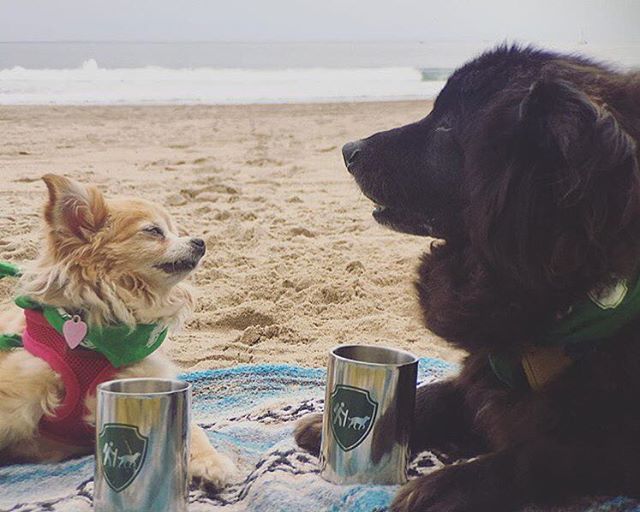
"It is a fine day at the beach, isn't it hon?"
Image credit: Instagram @Campingwithdogs
-
Camping With Dogs
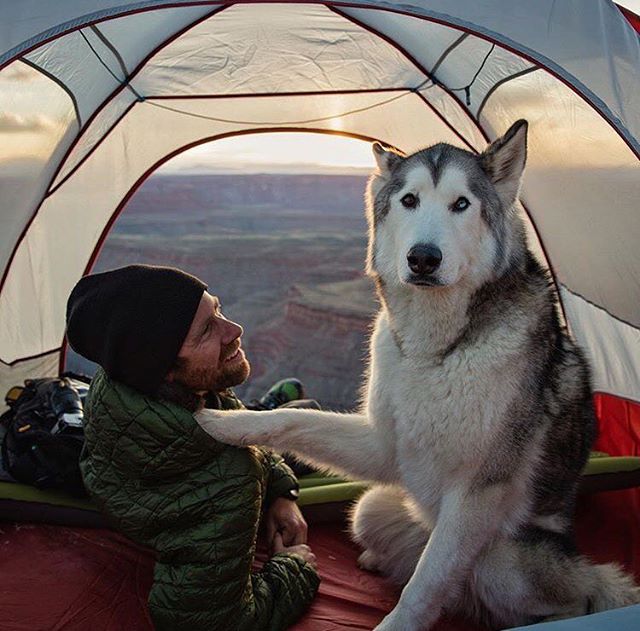
"Yea, this does look pretty nice."
Image credit: Instagram @Campingwithdogs
-
Camping With Dogs
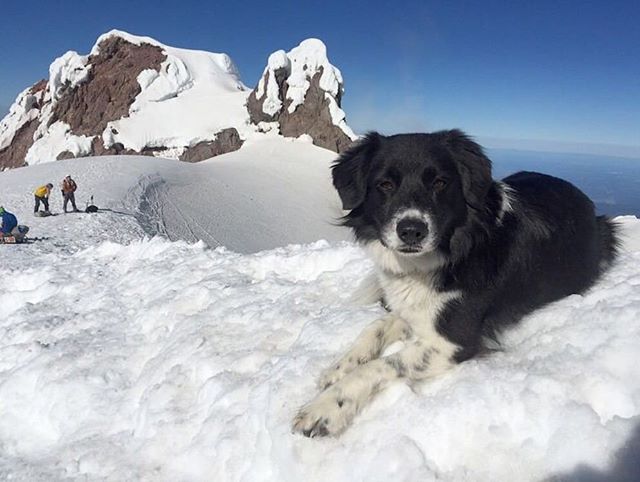
"Now this is where I was made to be."
Image credit: Instagram @Campingwithdogs
-
Camping With Dogs
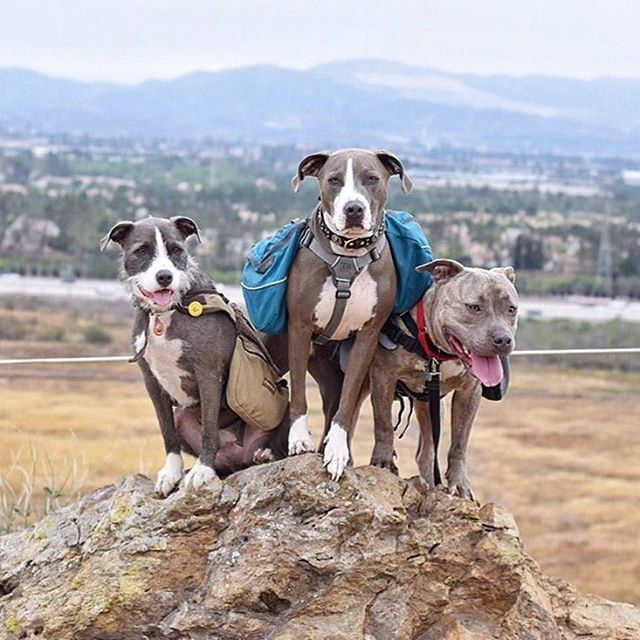
"Stalwart and strong, we stand tall."
Image credit: Instagram @Campingwithdogs
-
Camping With Dogs
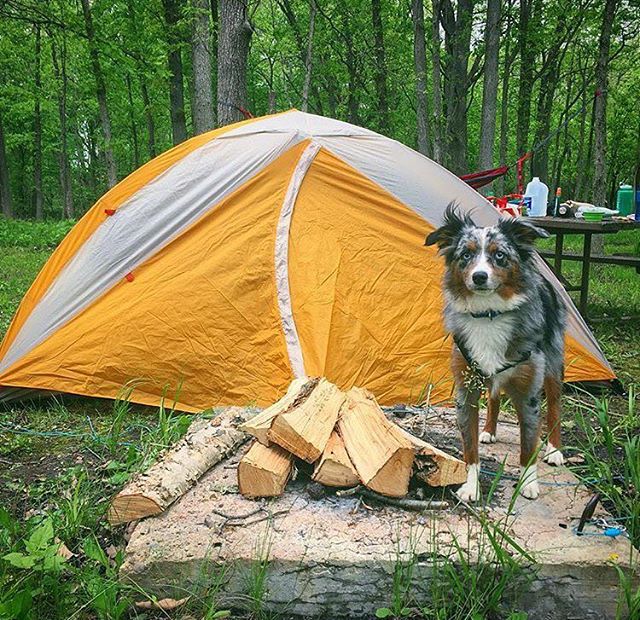
"Just got the campsite all set up."
Image credit: Instagram @Campingwithdogs
-
Camping With Dogs
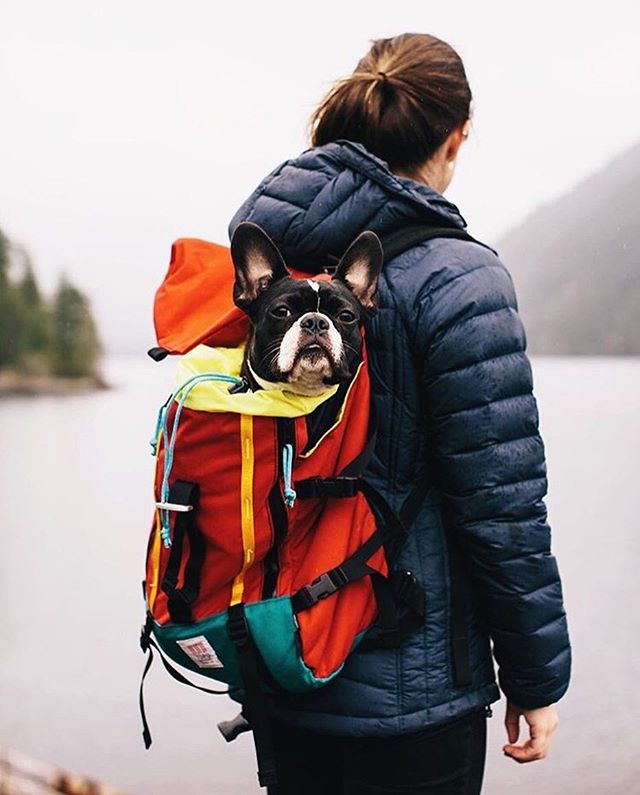
"Now I could get used to this."
Image credit: Instagram @Campingwithdogs
-
Camping With Dogs
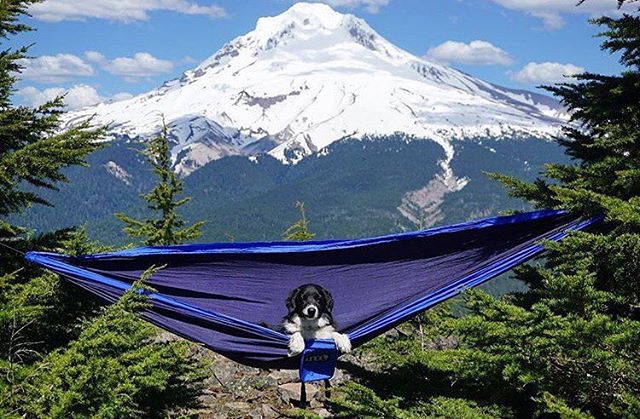
"Yep, it's pretty good."
Image credit: Instagram @Campingwithdogs
-
Camping With Dogs
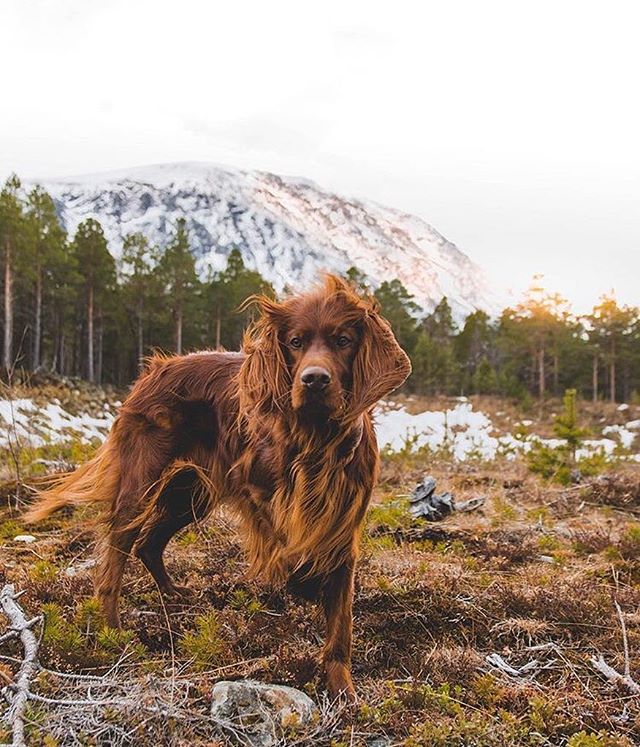
"I'm a wild man, yes I am."
Image credit: Instagram @Campingwithdogs
-
Camping With Dogs
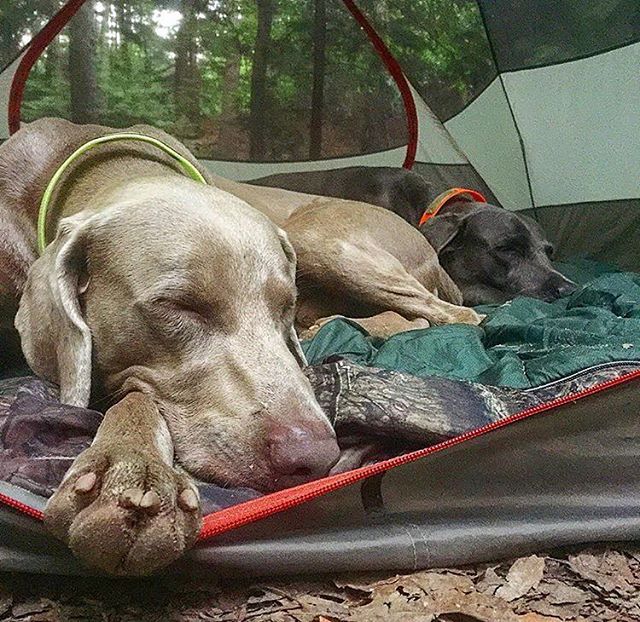
Hard working dogs.
Image credit: Instagram @Campingwithdogs
-
Camping With Dogs

"I will go anywhere with you, even a kayak. Where are we?!"
Image credit: Instagram @Campingwithdogs
-
Camping With Dogs
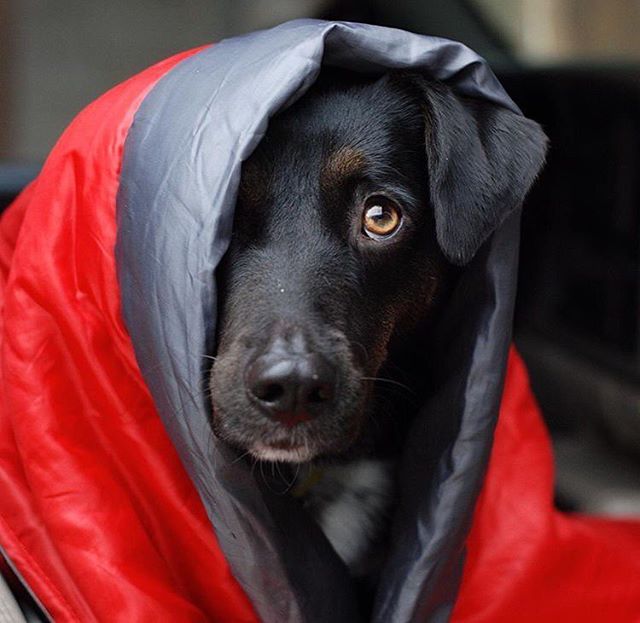
"Put me on the cover of National Geographic."
Image credit: Instagram @Campingwithdogs
-
Camping With Dogs
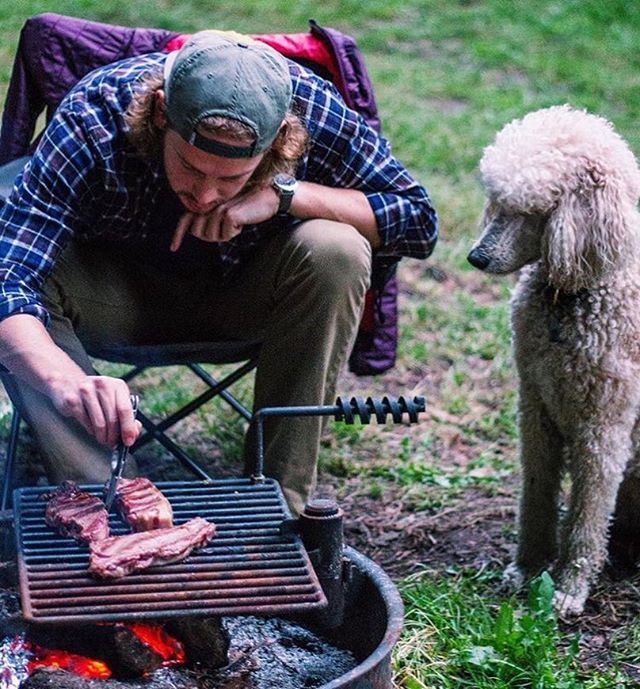
"How do you like yours cooked?"
Image credit: Instagram @Campingwithdogs
-
Camping With Dogs
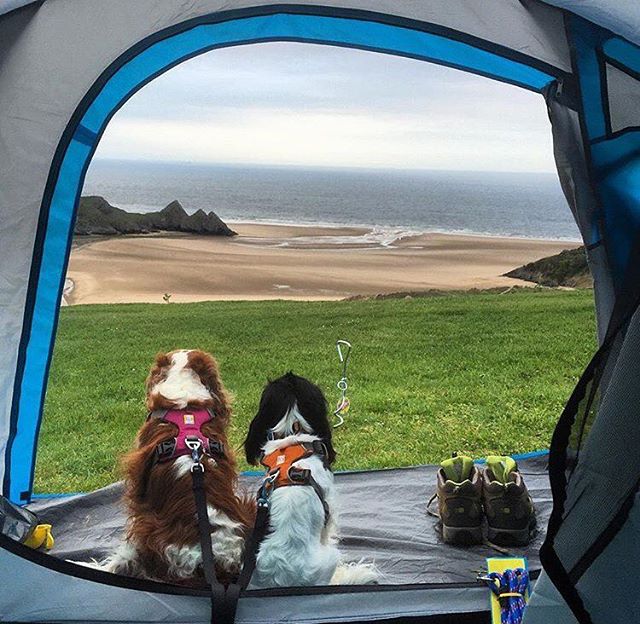
"Yep, it's just you and me these days now that the kids have gone to college."
Image credit: Instagram @Campingwithdogs
-
Camping With Dogs
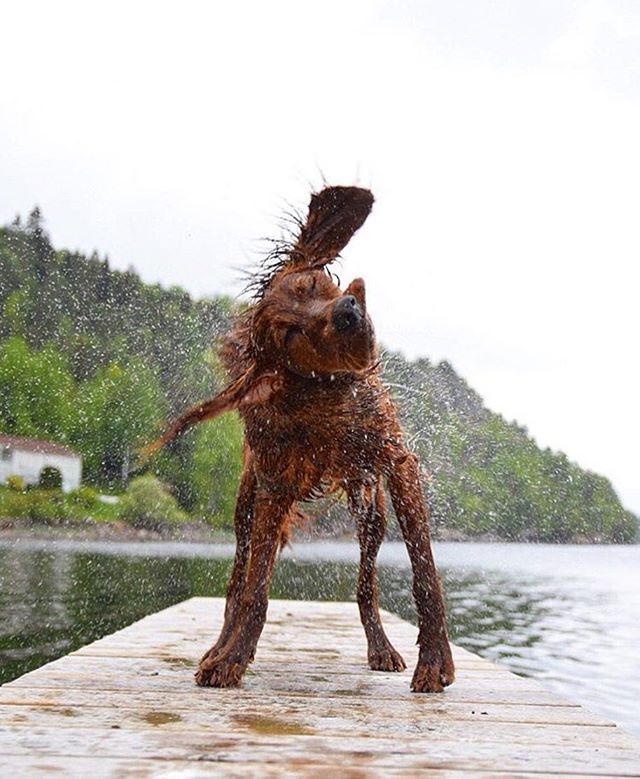
Shake it off!
Image credit: Instagram @Campingwithdogs
-
Camping With Dogs
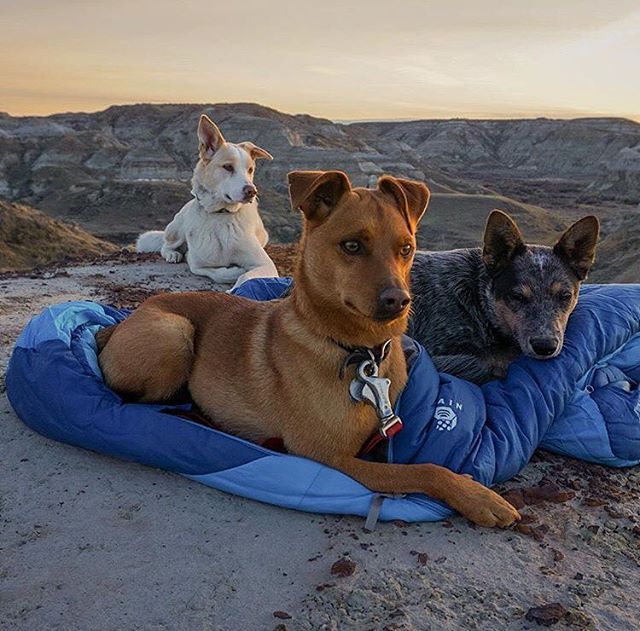
"Isn't this relaxing?"
Image credit: Instagram @Campingwithdogs
-
Camping With Dogs
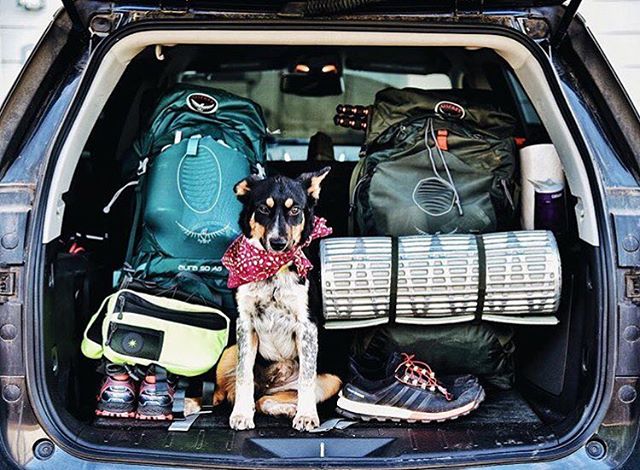
"Do we have everything?"
Image credit: Instagram @Campingwithdogs
-
Camping With Dogs
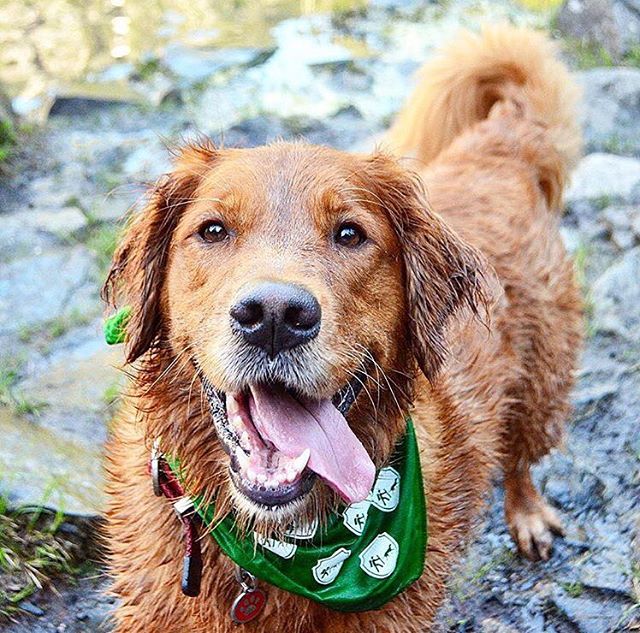
"Which way do we go?"
Image credit: Instagram @Campingwithdogs
-
Camping With Dogs
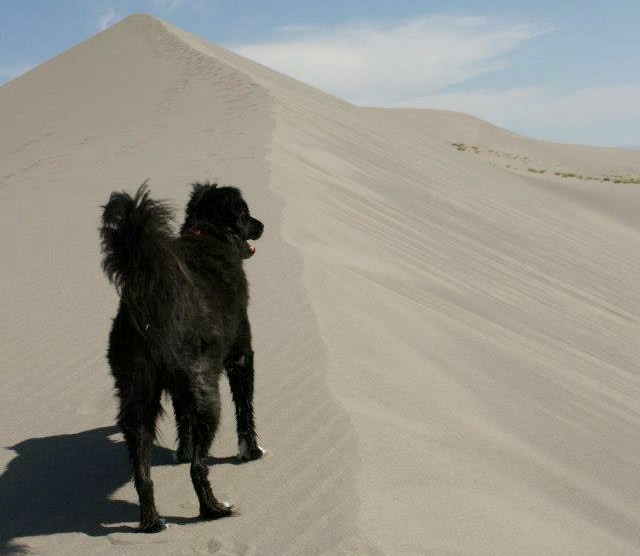
"Just over these hills is the Promised Land."
Image credit: Instagram @Campingwithdogs
-
Camping With Dogs

Sunset with a best friend.
Image credit: Instagram @Campingwithdogs
-
Camping With Dogs

The perfect third wheel.
Image credit: Instagram @Campingwithdogs
